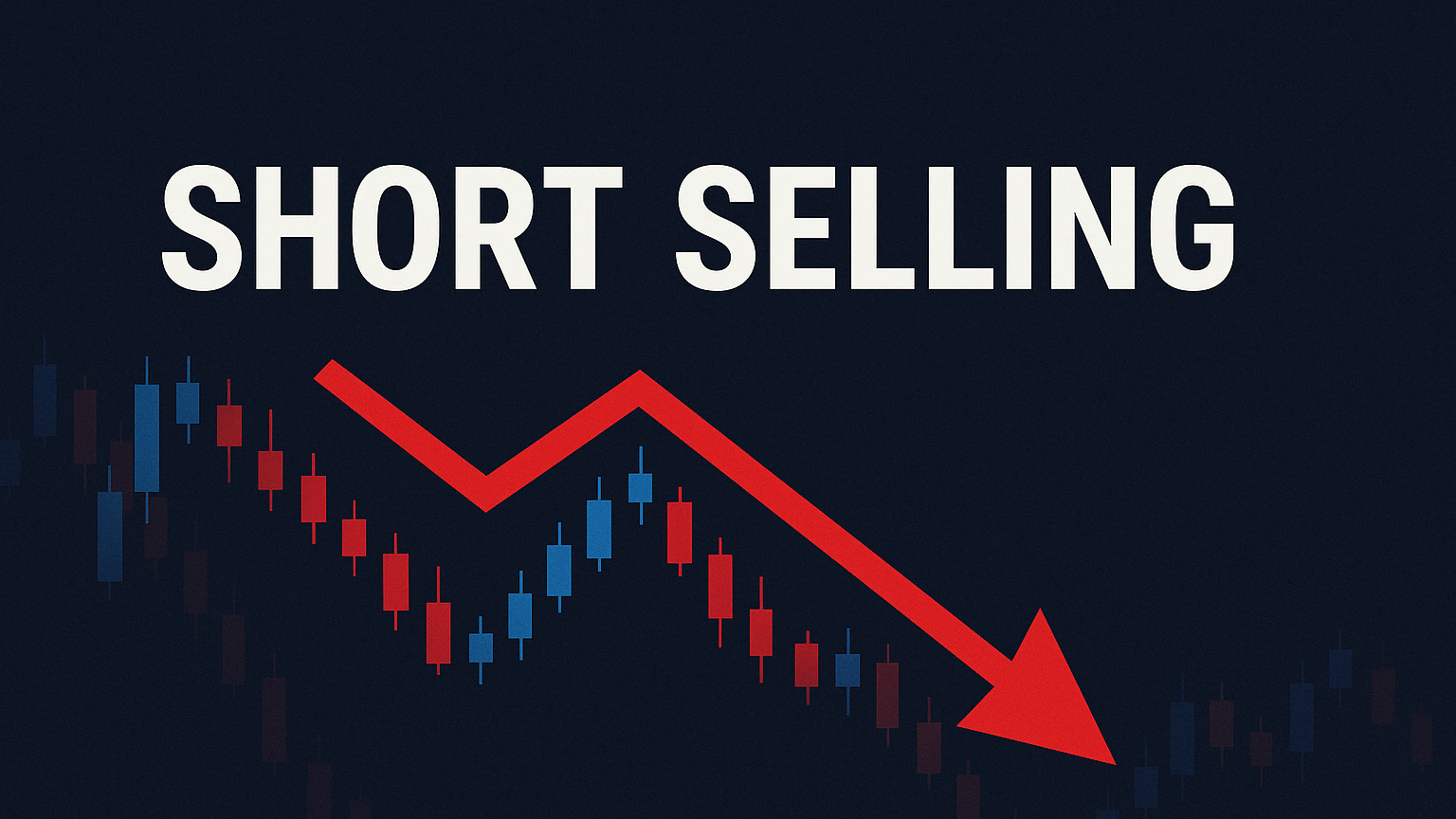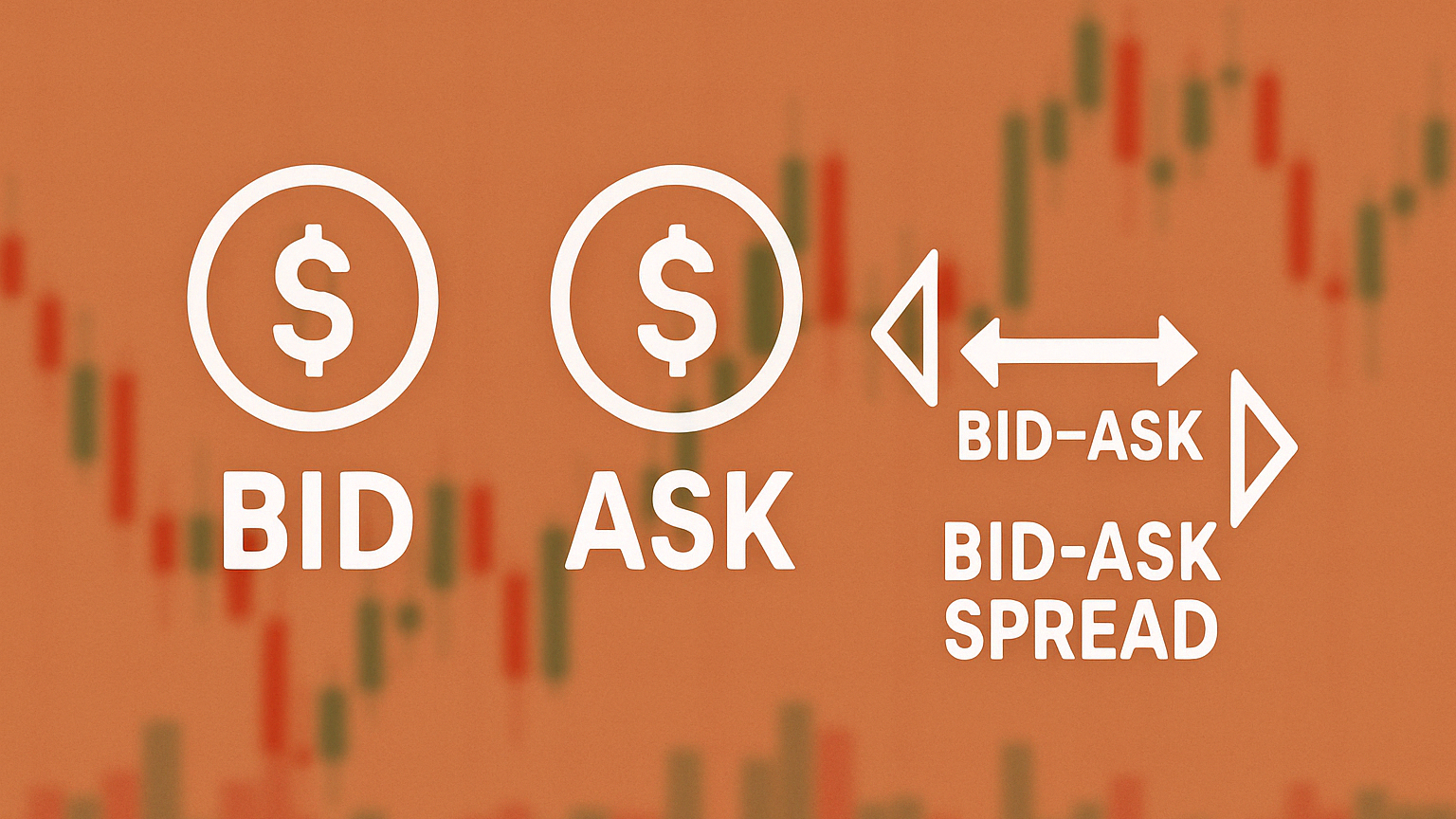Learn how to effectively manage risk-reward ratios to enhance your trading strategy and achieve better results in the market.
Want to simplify trading? Counting systems turn complex price patterns into clear signals. They help traders spot trends, manage risks, and improve decision-making. Here's what you need to know:
- Key Metrics: Win rate, profit ratios, and trade expectancy help measure success.
- Popular Methods: Moving averages for trends, breakout systems for momentum, and reversal systems for market shifts.
- Risk Management: Limit losses with stop-loss orders and portfolio risk controls.
- Who Benefits: Day traders, swing traders, and system traders use these methods for better results.
Quick Tip: Combine counting systems with technical tools like RSI or MACD for more precise trading strategies.
This guide breaks down how to use counting systems, track metrics, and refine your approach for consistent trading success.
Probability Distribution, Statistics - Algorithmic Trading
Core Trading Metrics
Trading metrics are essential for measuring performance and making informed decisions. These metrics form the backbone of the counting systems discussed earlier.
Win Rate and Profit Ratios
Win rate and profit ratios work together to measure trading success. The win rate shows the percentage of profitable trades, while profit ratios compare total gains to total losses.
| Metric | Description | Target Range |
|---|---|---|
| Win Rate | Percentage of winning trades | Around 50% or less for professionals |
| Profit Factor | Gross profit divided by loss | 1.25–2.0 (good), 2.0–5.0 (very good) |
| Reward:Risk Ratio | Potential gain vs. potential loss | Minimum 2:1 or 3:1 for day traders |
"Profitable and consistent trading is about finding a balance between your win rate and risk/reward ratio." – Cory Mitchell, CMT
Next, let's look at how trade expectancy helps evaluate performance over time.
Trade Expectancy and Averages
Trade expectancy predicts the average profit or loss per trade by factoring in win probabilities and the size of gains and losses. For instance, William O'Neil's CAN SLIM system uses an 8% stop loss, a 20% target profit, and a 30% win rate. The expectancy formula looks like this:
(20% × 30%) – (8% × 70%) = +0.4% per trade
This shows that even with a lower win rate, profits are possible if the size of winning trades exceeds losses.
Risk Assessment
Managing risk is a cornerstone of successful trading. Many experienced traders rely on these parameters to limit losses and protect capital:
| Risk Element | Recommended Limit | Purpose |
|---|---|---|
| Per Trade Risk | 1% of total capital | To avoid large losses |
| Portfolio Risk | Varies by strategy | To control overall exposure |
| Stop Loss | Set before entry | To cap maximum loss |
Always trade on regulated platforms and use automatic stop-loss orders to safeguard your positions.
Common Trading Count Methods
Counting systems transform market data into actionable strategies, building on key trading metrics by applying clear technical tools. These systems simplify decision-making for traders by identifying trends, breakouts, and reversals.
Moving Average Systems
Moving averages are a fundamental tool for identifying trends by smoothing out price data. They come in two main types:
| Moving Average Type | Characteristics | Best Used For |
|---|---|---|
| Simple Moving Average (SMA) | Assigns equal weight to all data points | Identifying long-term trends |
| Exponential Moving Average (EMA) | Gives more weight to recent prices | Making short-term trading decisions |
"A moving average reduces chart noise. Look at the direction of the moving average to get a basic idea of which way the price is moving." - Investopedia
Traders often use popular periods like 10, 20, 50, 100, and 200 days. A common strategy involves combining two moving averages: for instance, when a shorter-term average crosses above a longer-term average, it may signal a buying opportunity.
Next, let’s explore breakout systems, which are designed to take advantage of momentum shifts.
Breakout Systems
Breakout trading focuses on price movements that surpass established support or resistance levels, potentially yielding strong returns. To implement this method effectively, consider these tips:
- Confirm breakouts at the end of the trading day to ensure validity.
- Look for higher trading volume as an additional sign of a genuine breakout.
- Use stop-loss orders to guard against false breakouts.
- Pay attention to previous support levels, as they can often turn into resistance.
After momentum trends, price reversal systems target points where market direction may change.
Price Reversal Systems
Price reversal systems are designed to spot trend changes and take advantage of market corrections. They rely on tools like:
| Signal Type | Purpose | Application |
|---|---|---|
| Support/Resistance | Identify critical price levels | Entry and exit points |
| Volume Analysis | Confirm trend strength | Validate reversals |
| Price Action | Detect reversal patterns | Time trades effectively |
Successful trades depend on waiting for clear signals of trend exhaustion before entering positions.
Each method has its strengths: moving averages help spot trends, breakout systems capitalize on momentum, and reversal systems focus on market shifts. Choosing the right approach depends on your trading style and goals.
Using Count Systems in Practice
Daily use brings trading metrics into focus.
Selecting Key Metrics
Choose metrics that provide clear and actionable insights. Here's a simple framework to guide your focus:
| Metric Type | Key Indicators | Target Values |
|---|---|---|
| Risk Assessment | Sharpe Ratio | Above 0.75 |
| Profitability | Profit Factor | Above 1.75 |
| Performance | R-Multiple vs RRR | Minimal deviation |
"The greatest enemy of a good trading strategy is the dream of a perfect strategy. Stick to the good trading strategy." - John Bogle
Setting Up Tracking Tools
Consistent tracking is essential for identifying trends and improving strategies. Start by categorizing trades based on different strategies to uncover performance patterns.
Key tracking practices include:
- Logging each trade with details like entry, exit, and market conditions.
- Tracking quality markers for each trade alongside metrics.
- Documenting market conditions to provide context for performance.
Once your data is organized, you can dive into analyzing the results.
Reading Results
Remember, past performance doesn’t guarantee future outcomes. As noted in Trading System Performance Metrics: "As an investor, you earn dollars, not returns, so despite what your CAGR shows, you are still susceptible to sequence of return risk. It's one of the best long-term measurements of a system's profitability, but it is not a reliable measure of total return in the near-term."
For effective analysis:
- Compare performance over different timeframes, such as one, three, and five years.
- Look for patterns in both winning and losing trades.
- Check risk metrics against actual returns.
- Adjust strategies if the results start to deviate from expectations.
Use a mix of metrics to get a well-rounded view, but stay focused on your primary trading goals. Regular reviews will help keep your system on track and performing effectively.
Fine-Tuning Trading Methods
Refining your trading strategies can significantly improve your results. By tweaking established metrics and methods, you can make smarter decisions and increase your chances of success. Let’s dive into some practical ways to sharpen your trading approach.
Better Entry and Exit Points
In bullish markets, timing is everything. A well-tuned "buy the dips" strategy can work wonders. One method involves entering trades when the RSI drops below 35 and exiting when the 9-period moving average crosses above the 50-period moving average on 15-minute charts.
For instance, the Scalping Dips On Trend strategy works like this: enter when the price climbs back above the MA50 after a 2% drop, set a stop-loss 10% below the entry, and aim for a 3% profit above the entry. This approach has shown a 70–80% success rate during bull markets.
Once you’ve nailed your entry and exit rules, the next step is managing risk and reward effectively.
Risk vs Reward Setup
Balancing win rates with reward-to-risk ratios is key to long-term profitability. Let’s break it down:
| Strategy Type | Win Rate | Reward:Risk | Monthly Potential* |
|---|---|---|---|
| High Risk | 33% | 5:1 | $6,000 |
| Balanced | 60% | 2.5:1 | $6,600 |
| *Based on a $20,000 account |
"Your profit zone is somewhere out there, a balance between your win-rate and reward-to-risk. You may not need to change your whole strategy if you are struggling. A couple of small tweaks could turn a loss into a win, or increase the average profit of your trades." – Cory Mitchell, CMT
Fine-tuning your strategy to match market conditions is equally important.
Market Changes Response
Markets are constantly shifting, and your strategies should evolve to keep up. In bearish conditions, consider these adjustments:
- Reduce trade sizes to limit risk.
- Use wider stop-loss levels to account for increased volatility.
- Tighten take-profit targets to lock in gains faster.
For highly volatile markets, a dual approach can be useful. Pairing put options for cost-effective risk management with sector rotation strategies can help you navigate downturns more effectively.
Wrap-Up
Key Points Review
Counting systems help simplify technical analysis by converting sequential price movements into clear, actionable signals. These systems rely on established methods, as outlined earlier.
| Component | Benefit | Use |
|---|---|---|
| Price Movement Analysis | Identifies trends | Tracks direction using Xs and Os |
| Historical Sideways Data | Calculates targets | Estimates the likelihood of hitting goals |
| Multi-timeframe Analysis | Improves accuracy | Confirms signals across timeframes |
Now that the essentials are clear, it's time to apply them in real-world scenarios.
Next Steps
Start by practicing with a demo account and combine counting systems with key technical tools like Stochastic, RSI, and MACD. To execute your strategy, consider platforms like TradingView (ranging from $12.95 to $49.95/month) or eSignal (priced between $64 and $440/month), which provide advanced charting and real-time data.
Future Progress
Once you've implemented these strategies, focus on refining and improving your approach. Build expertise through consistent learning, detailed backtesting, and automation to minimize bias.
For long-term success, adjust your counting system as markets change. Balance these three critical areas:
- Technical Growth: Stay informed about new tools and indicators.
- Risk Management: Always assess risk-reward ratios before entering trades.
- System Improvement: Regularly backtest and fine-tune your methods.
Integrating counting systems with other tools and maintaining strict risk controls will set you up for steady progress.






